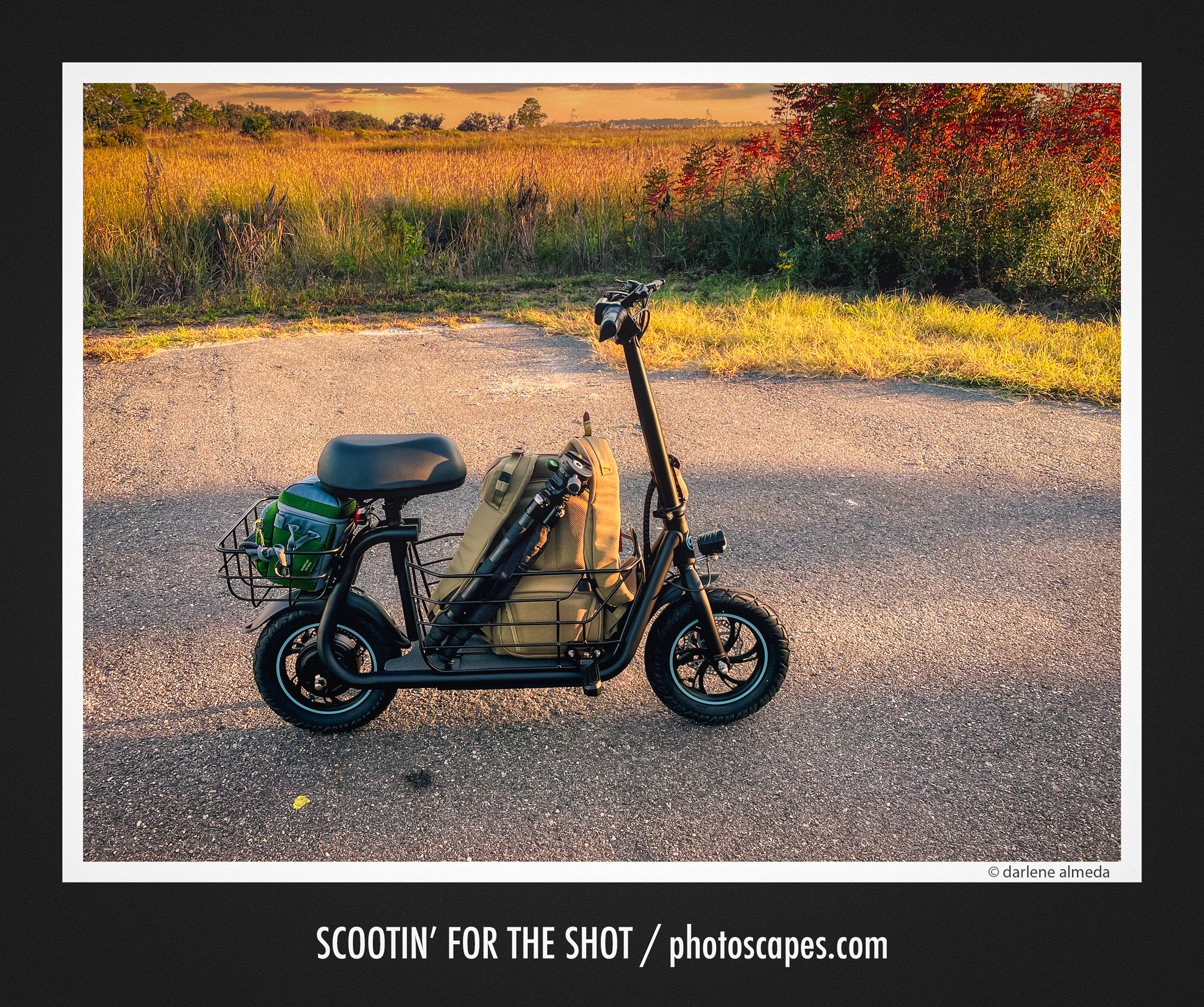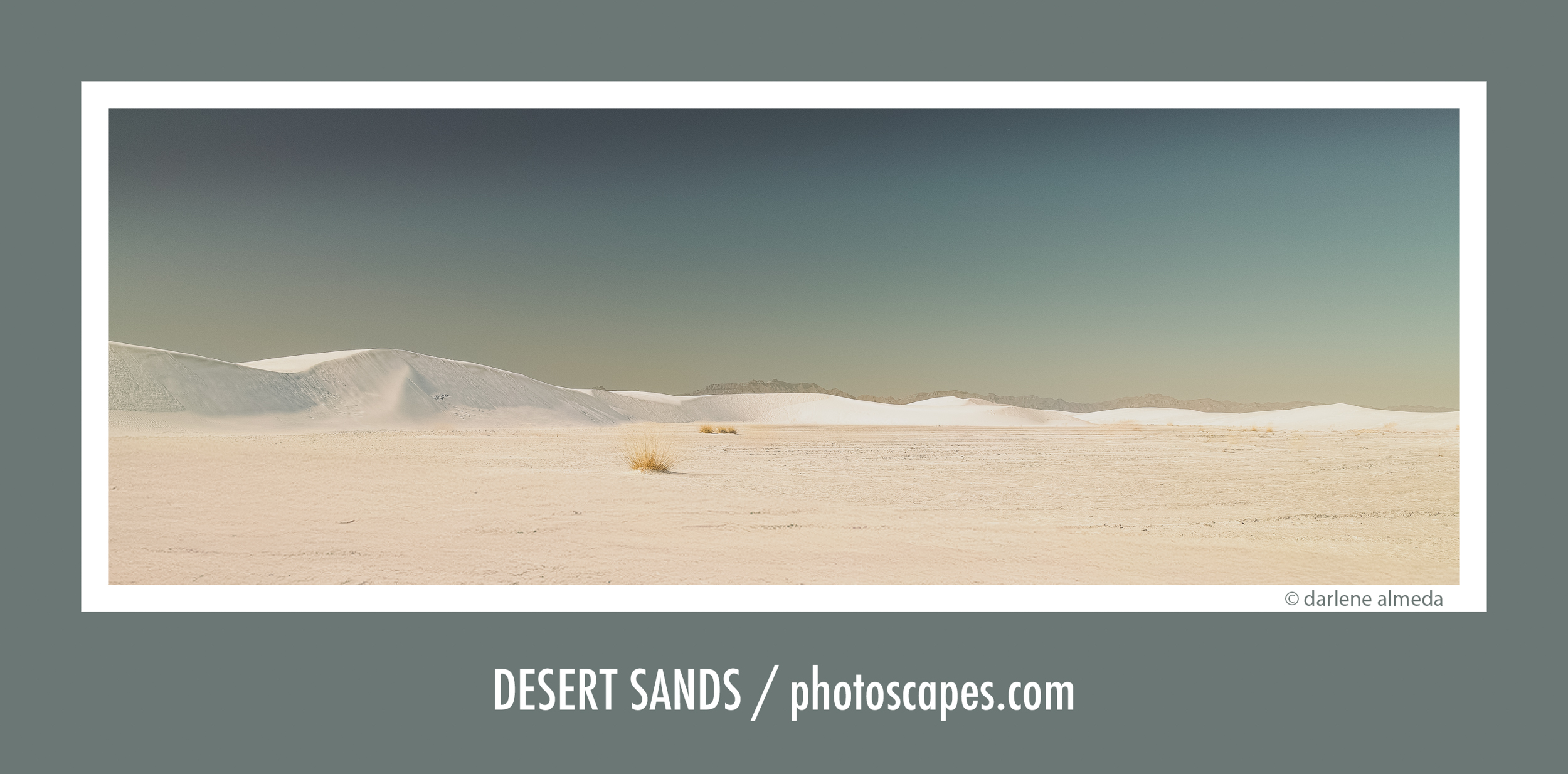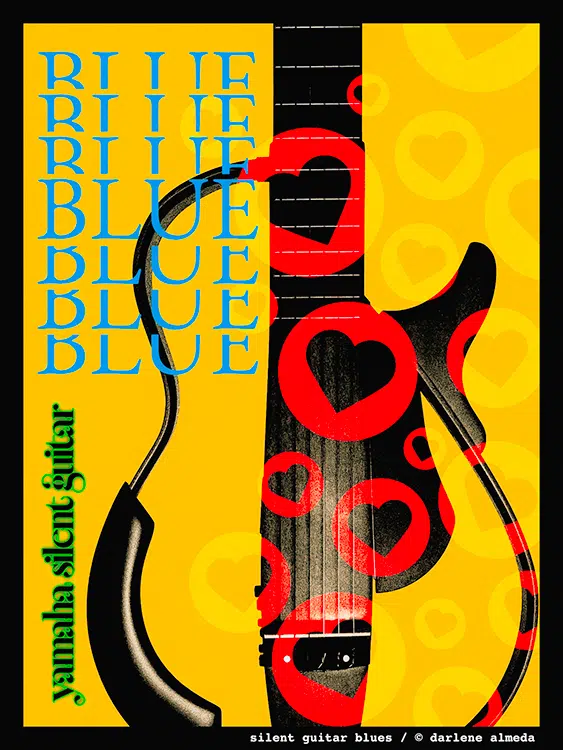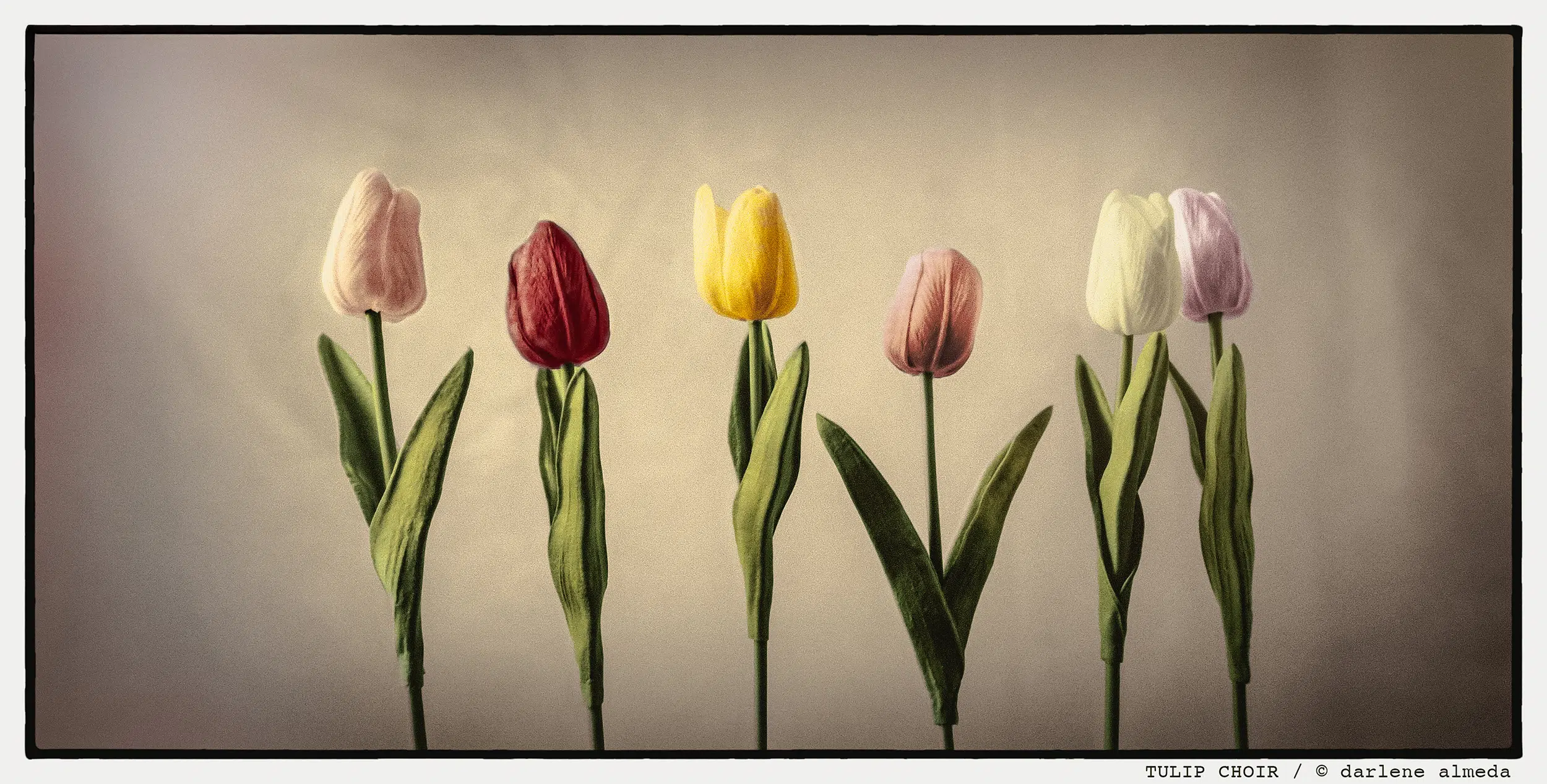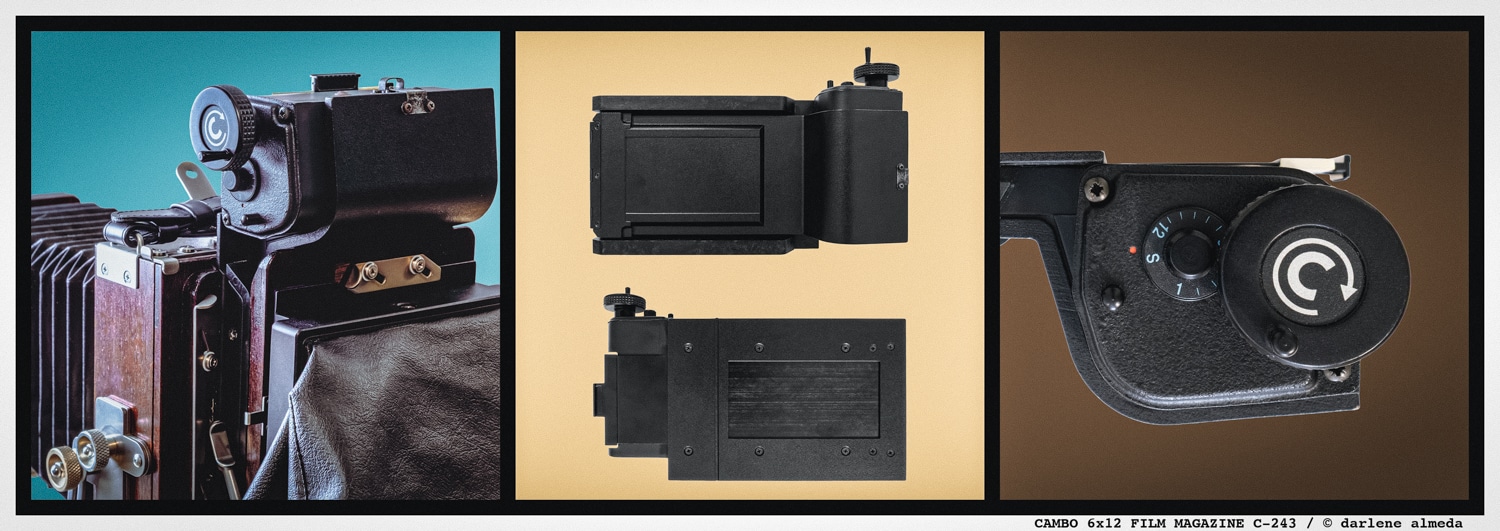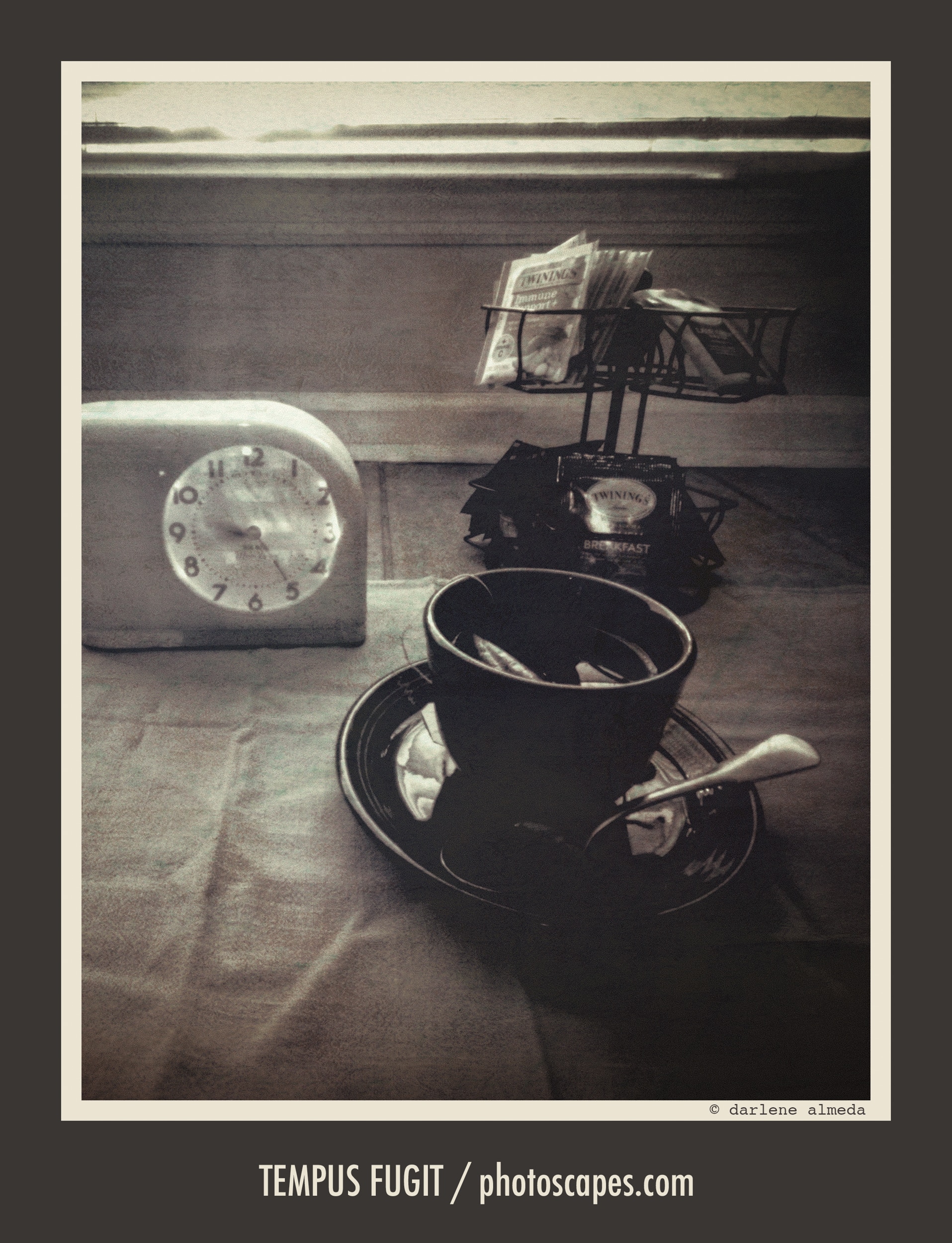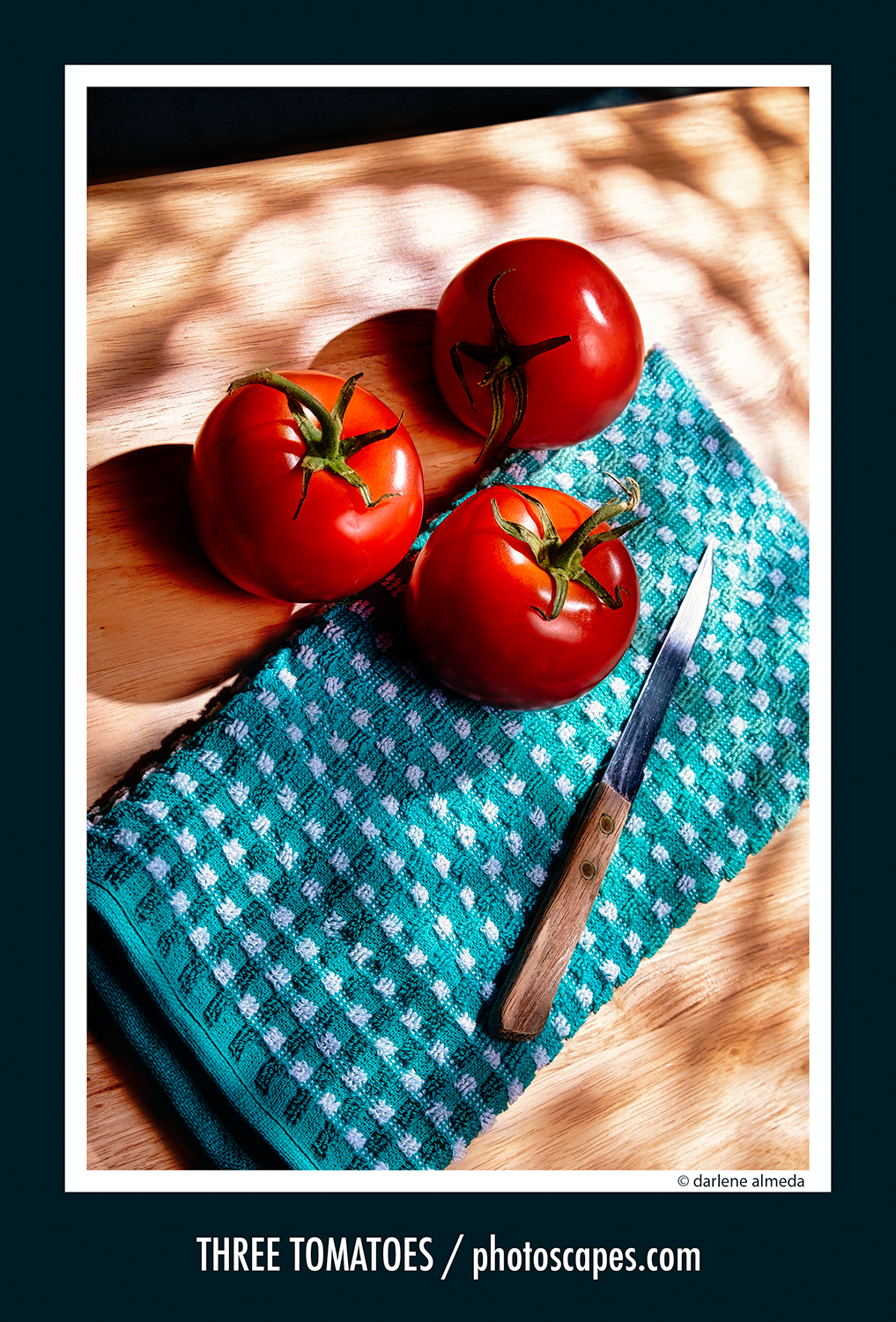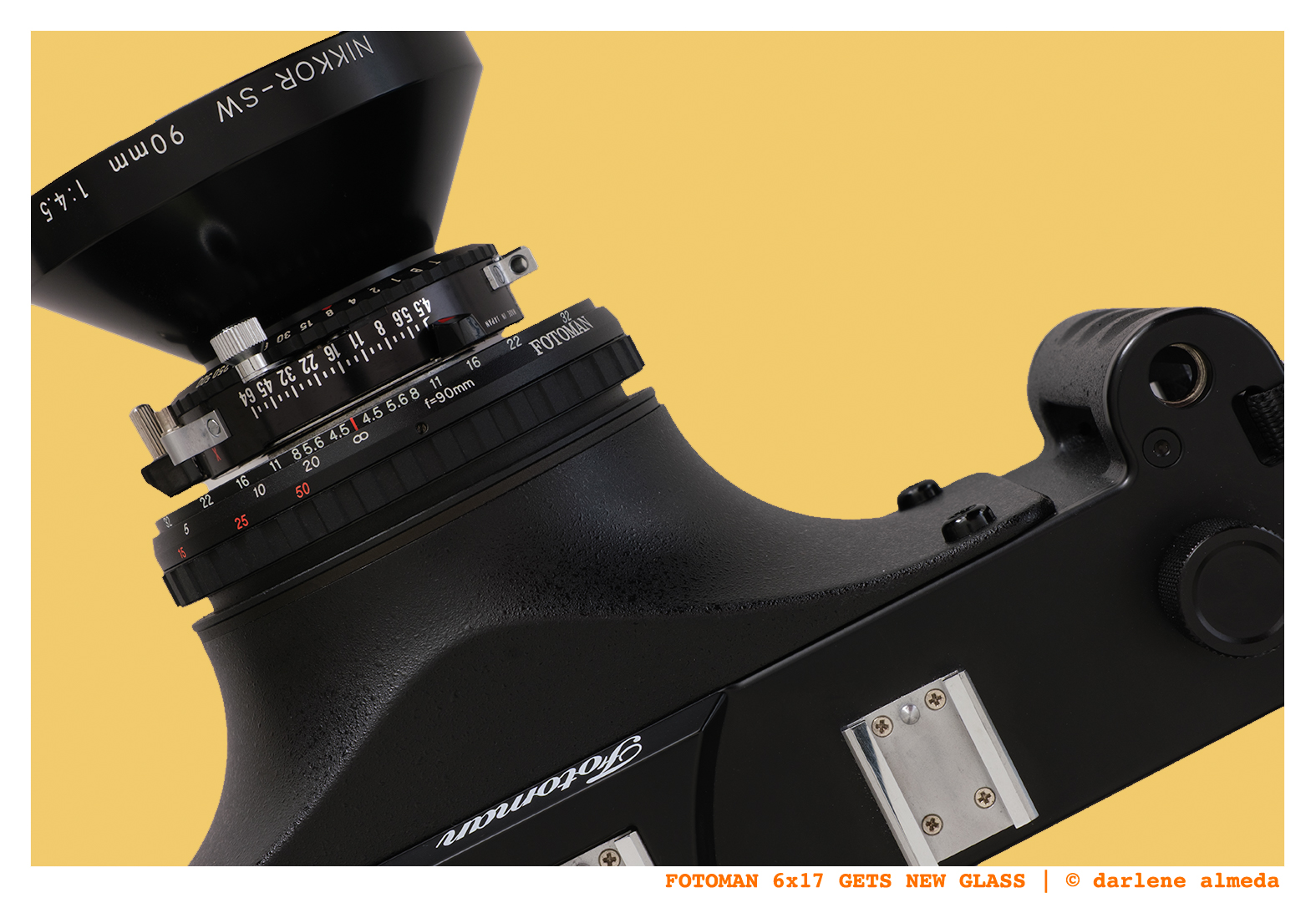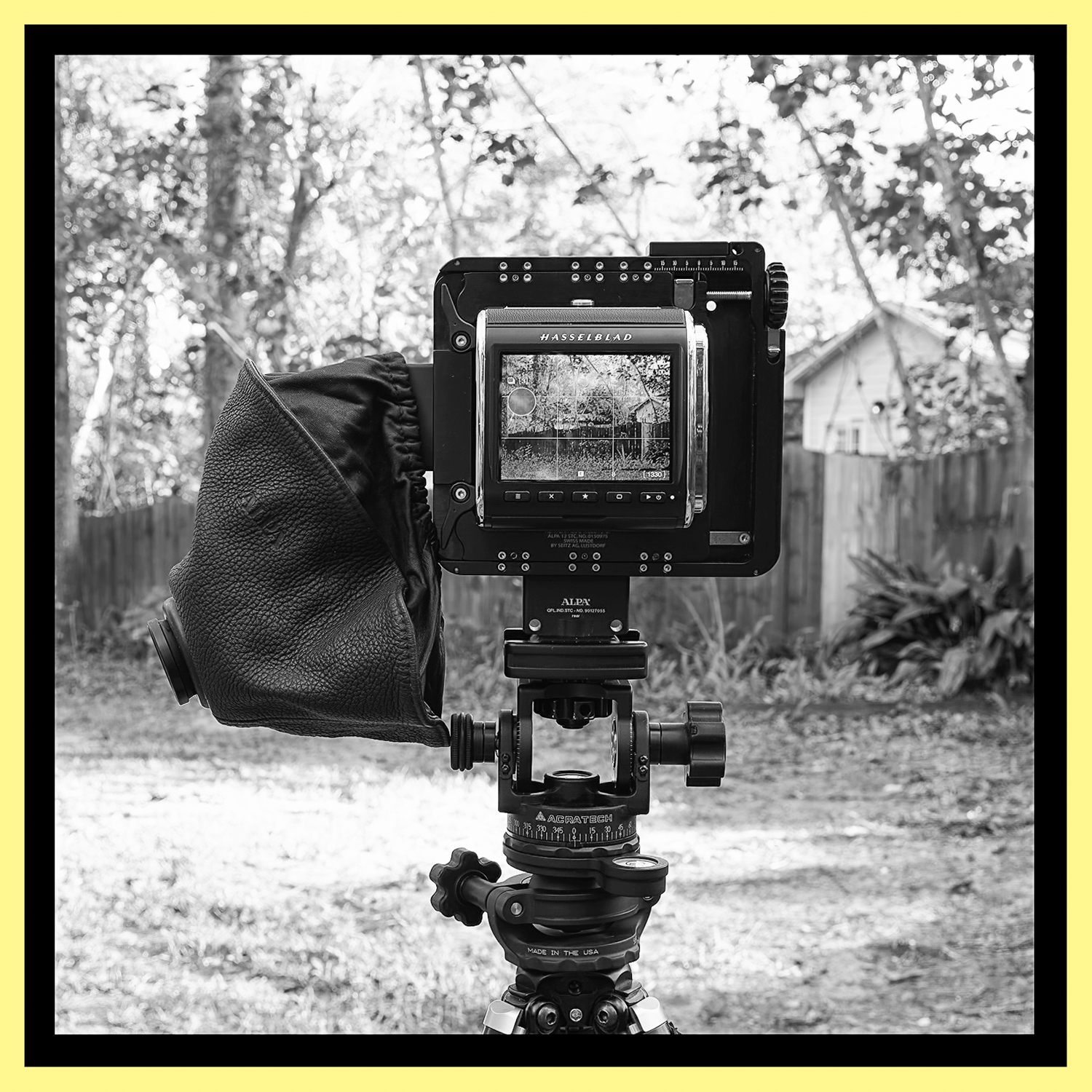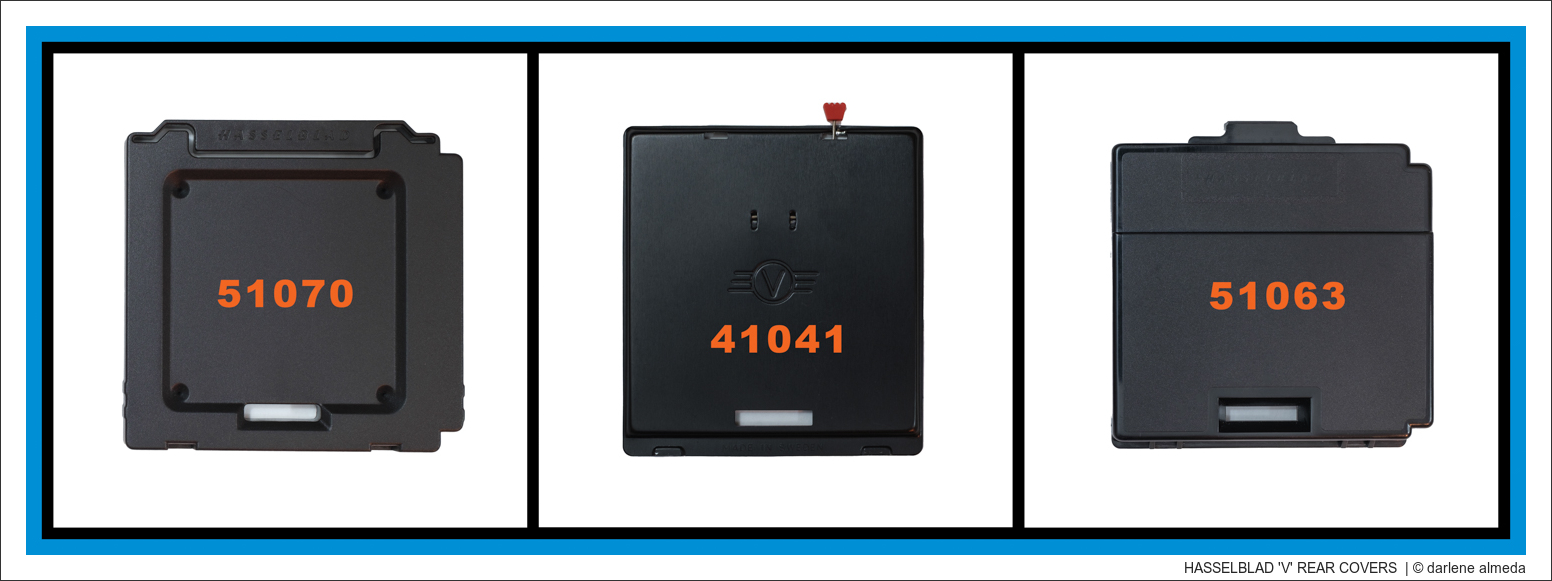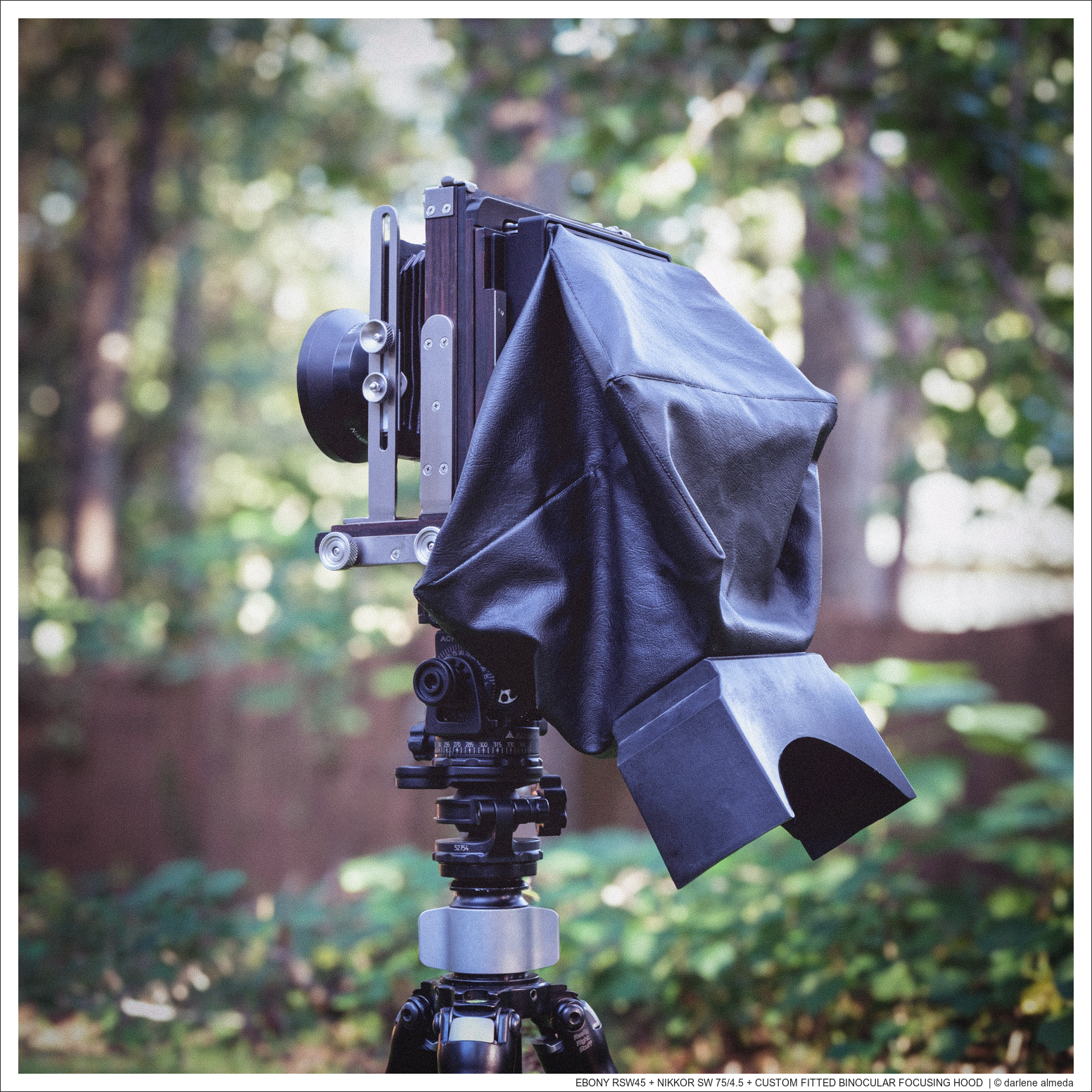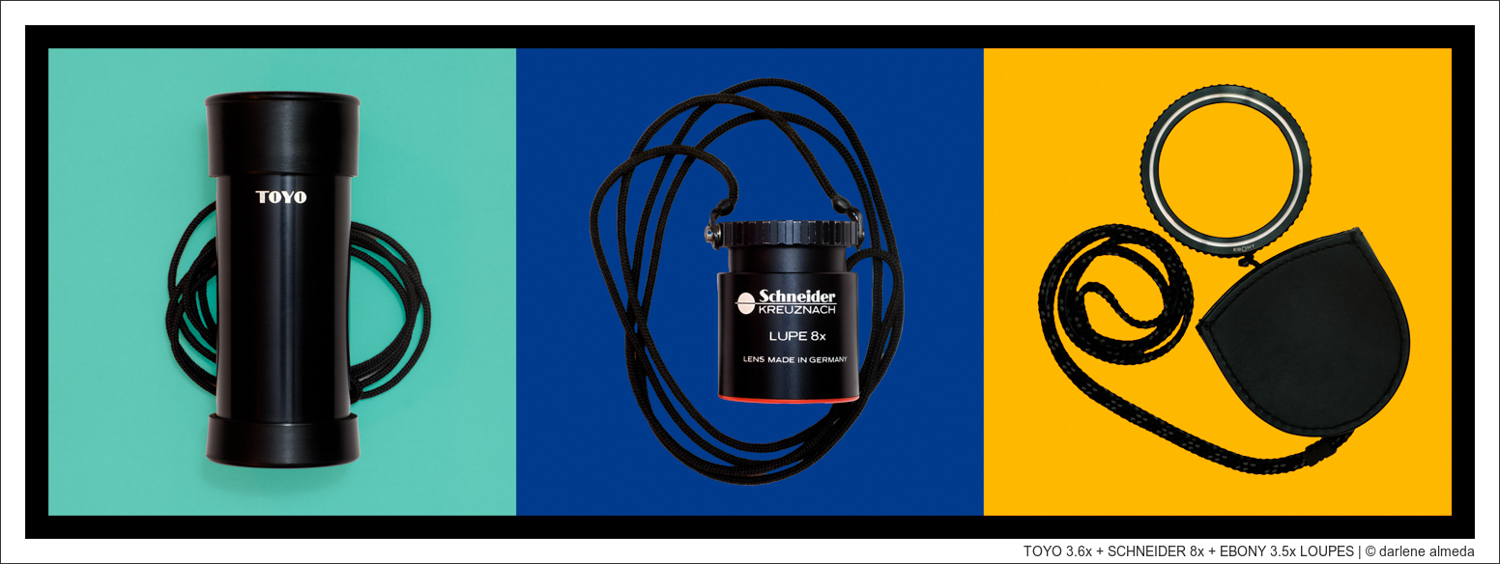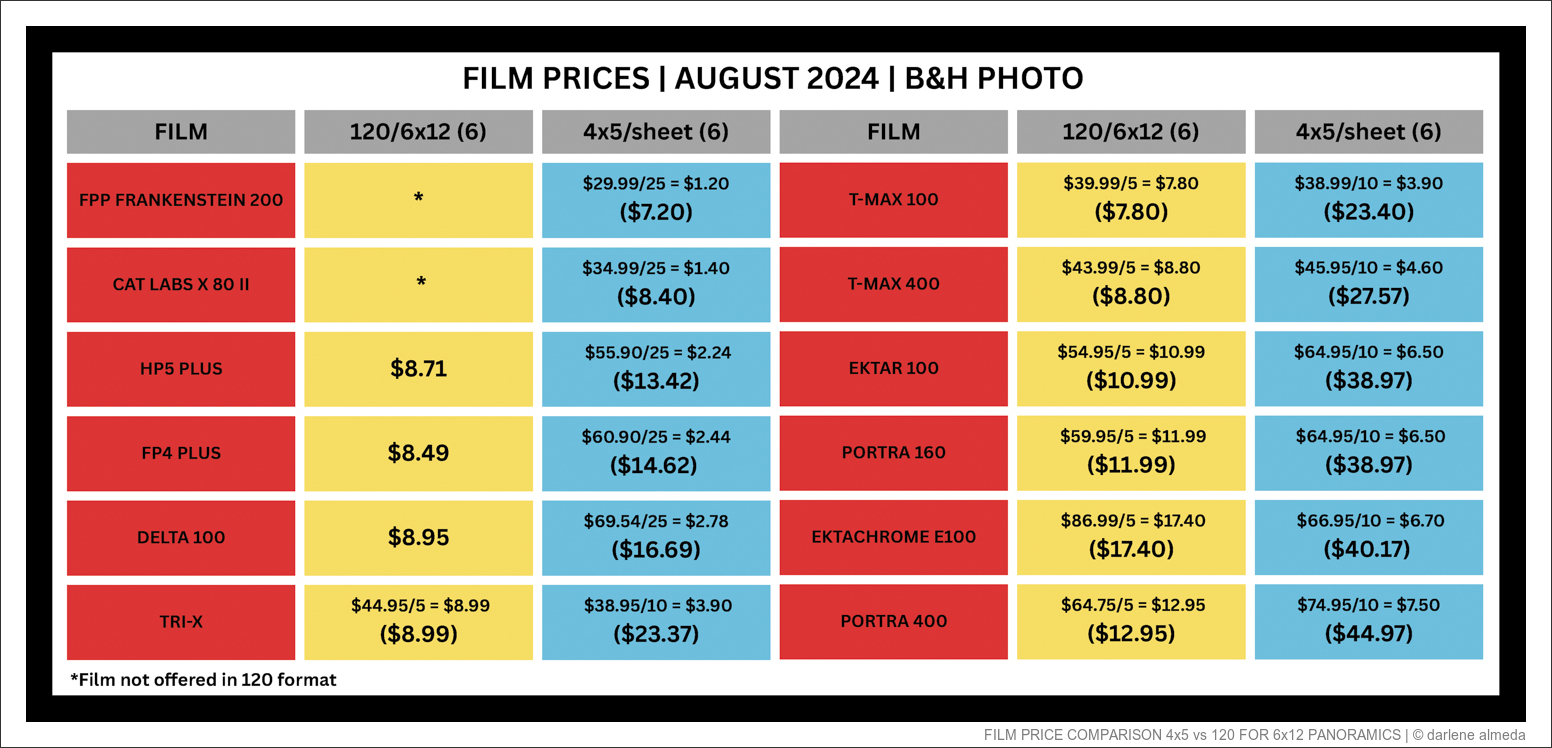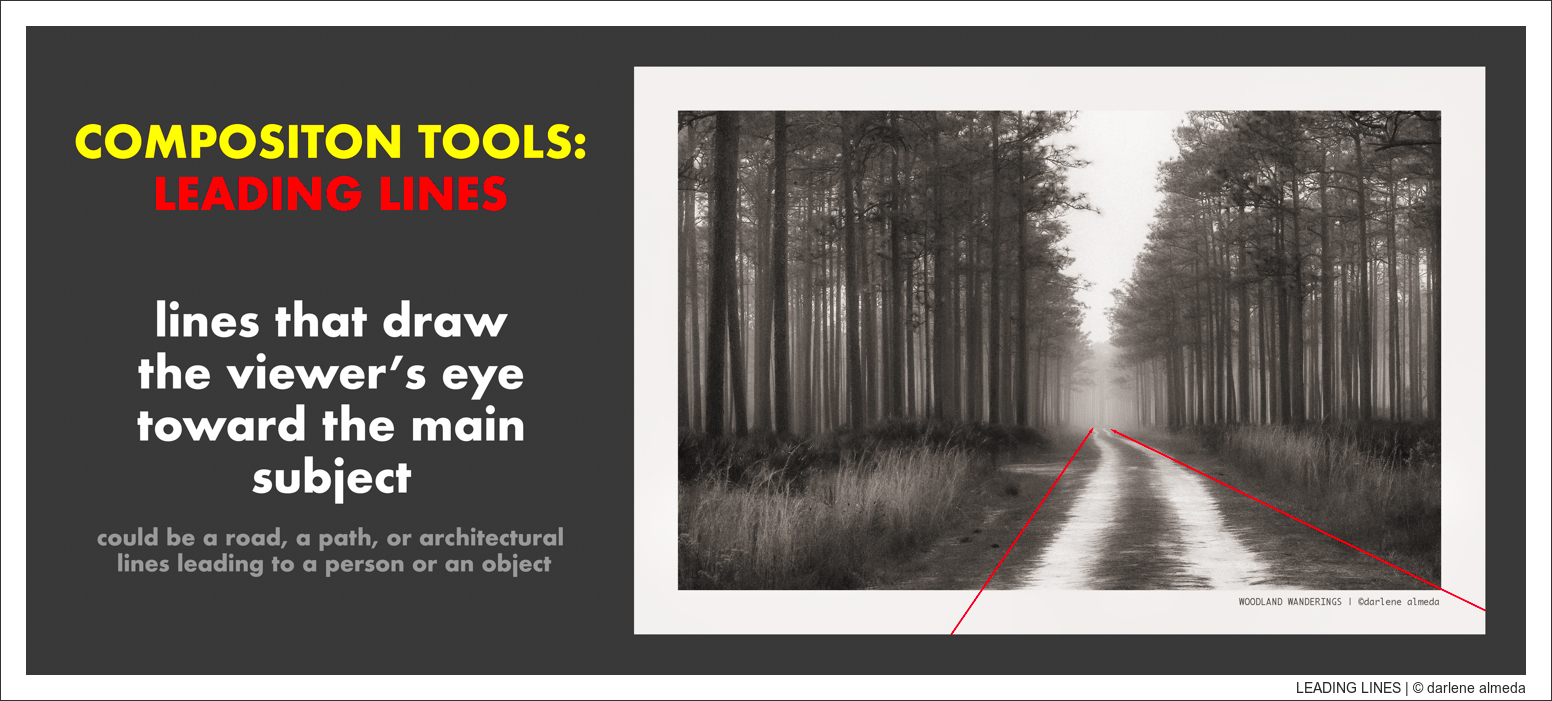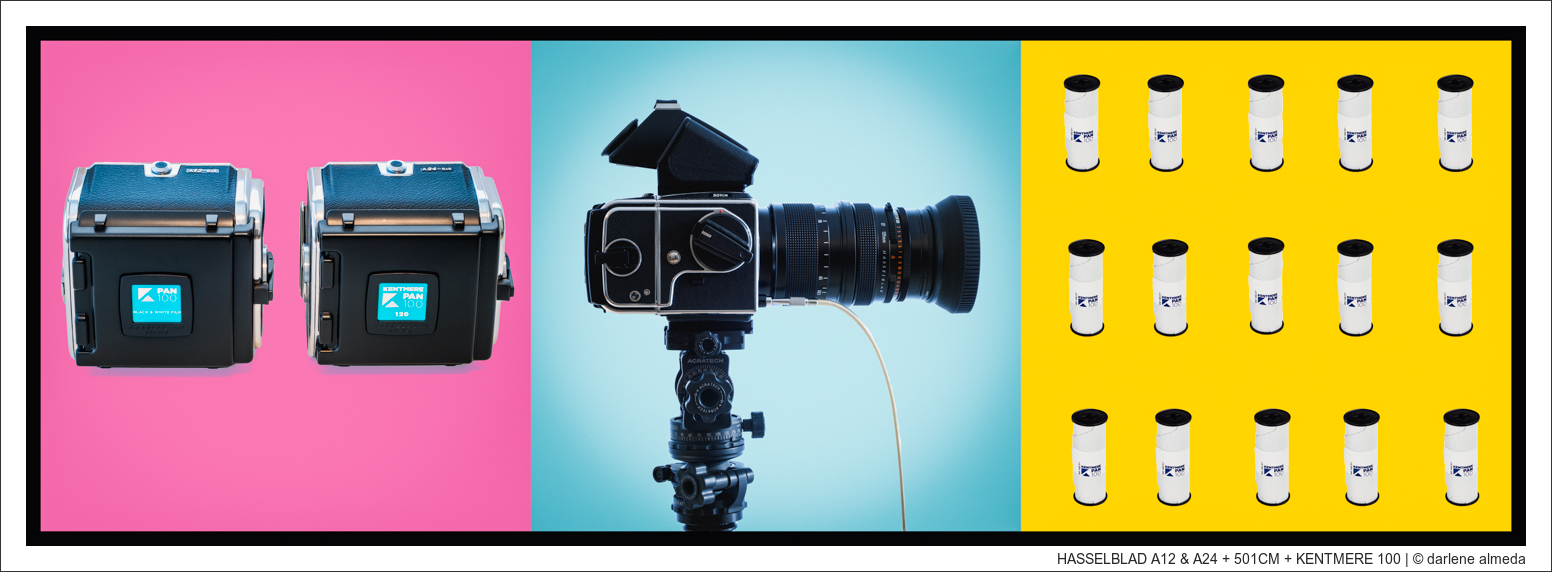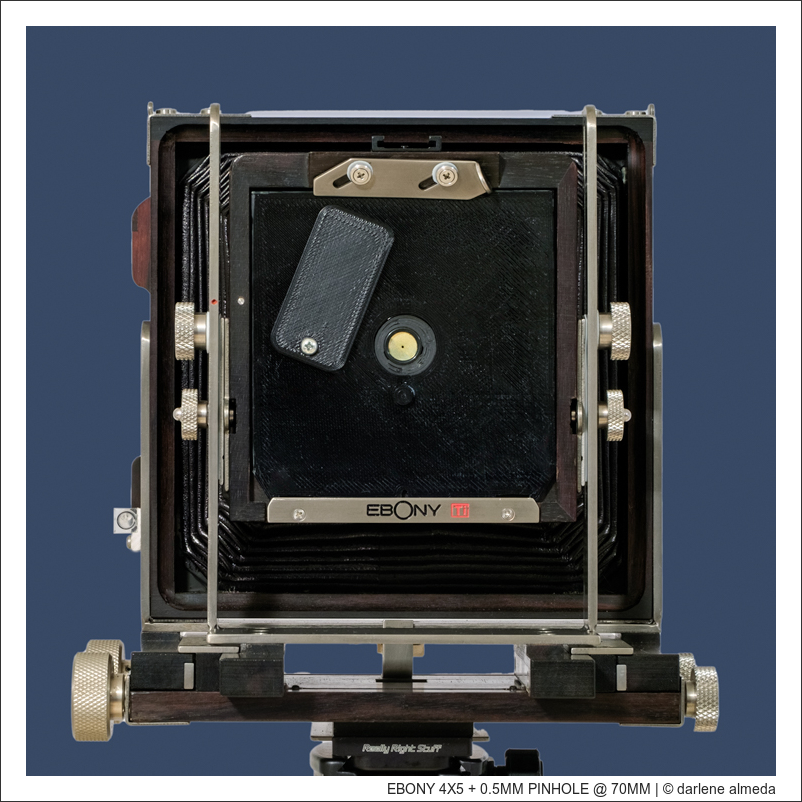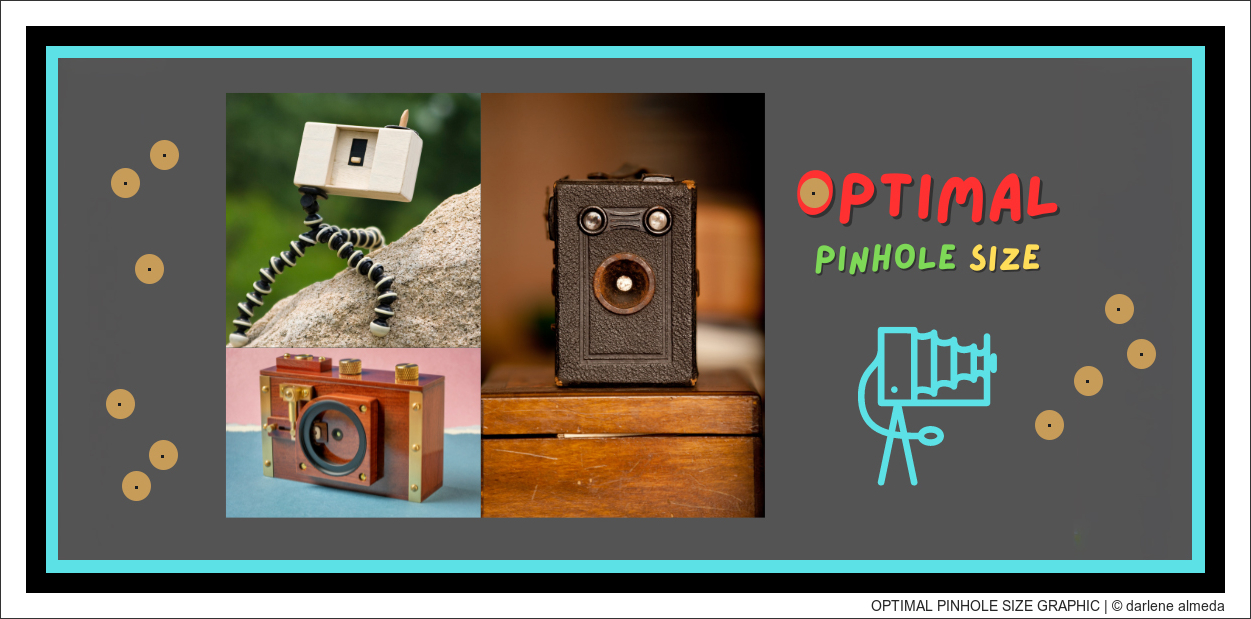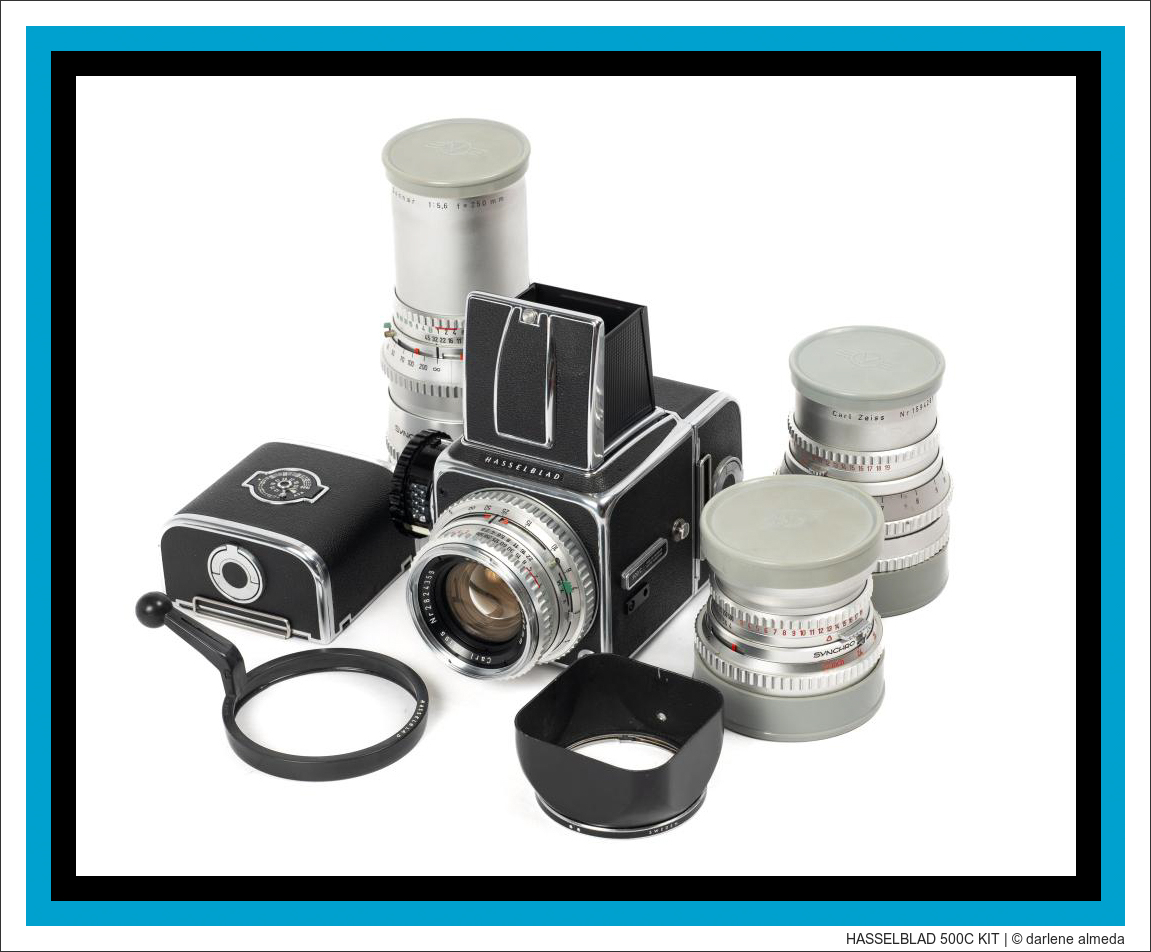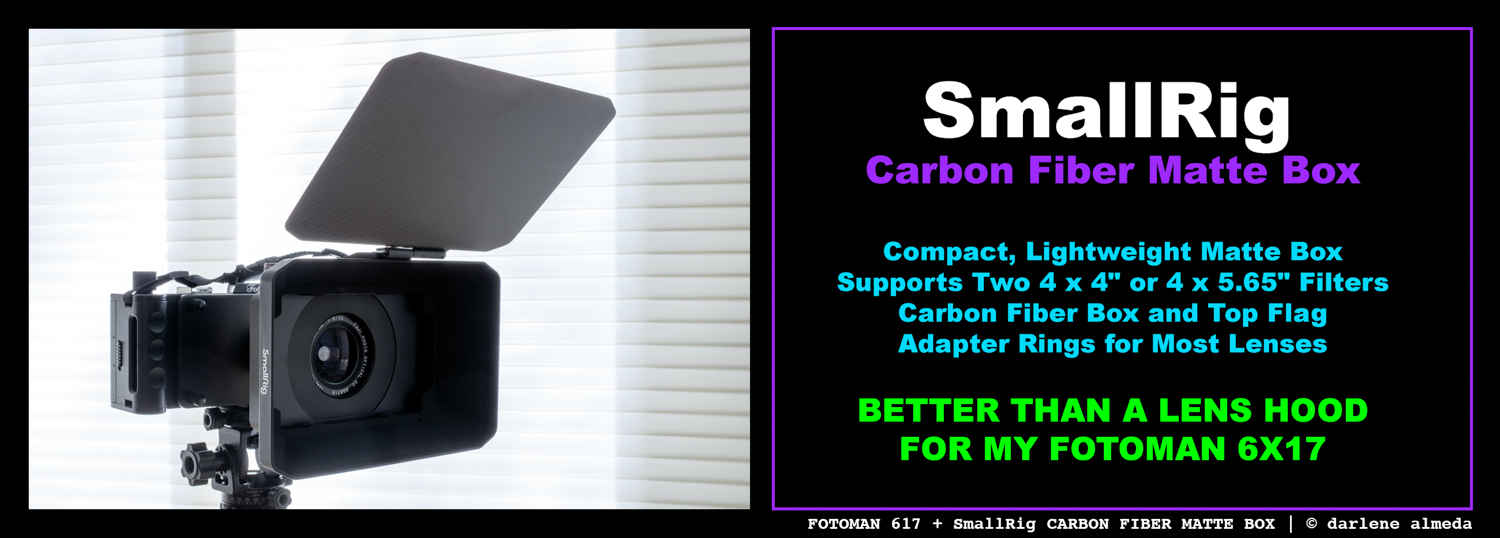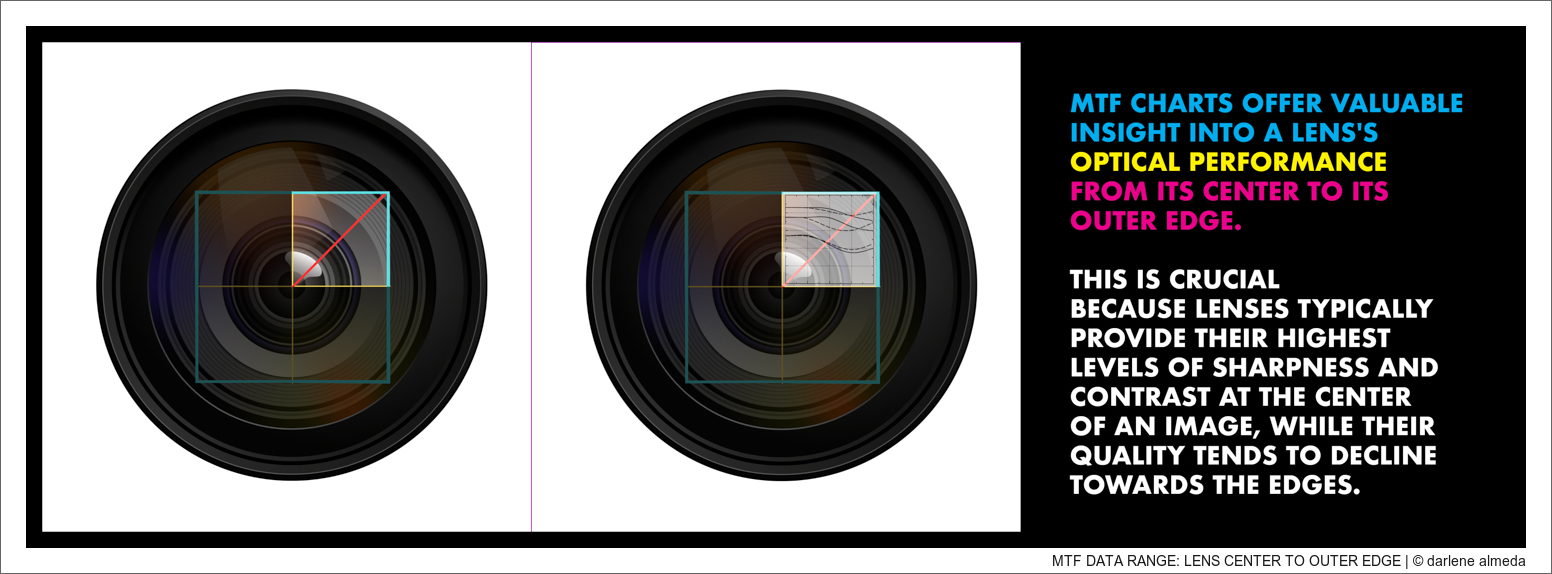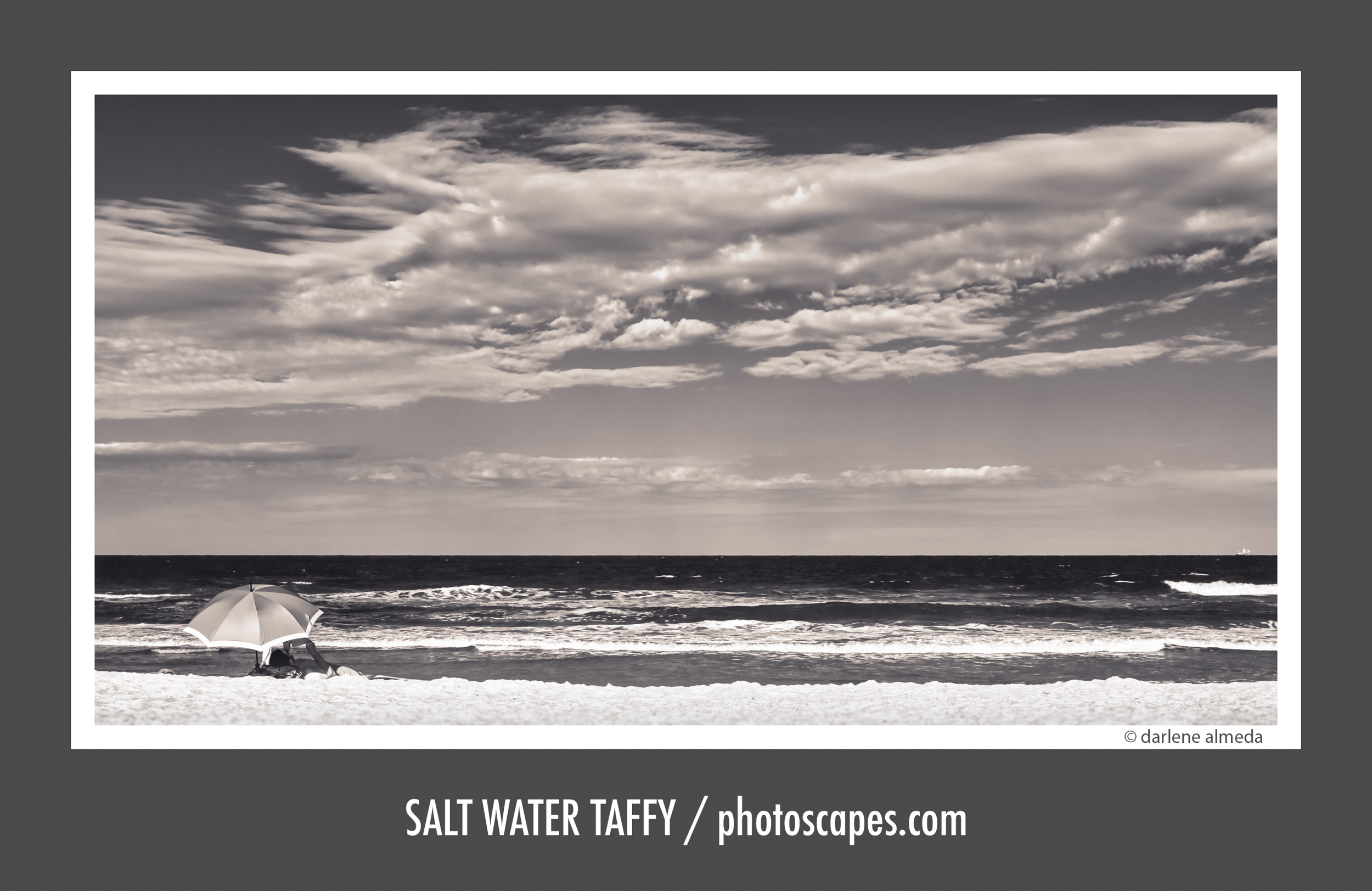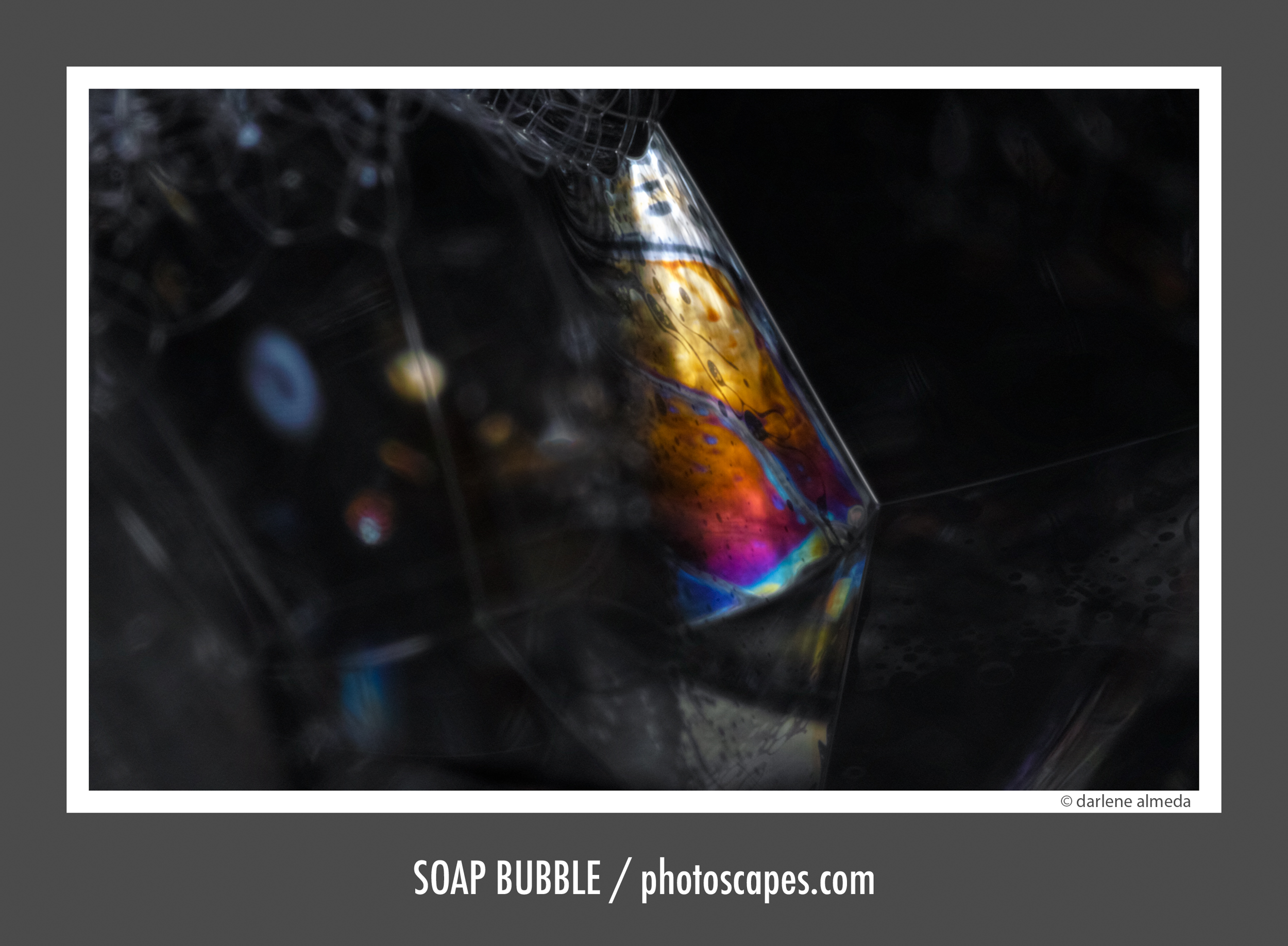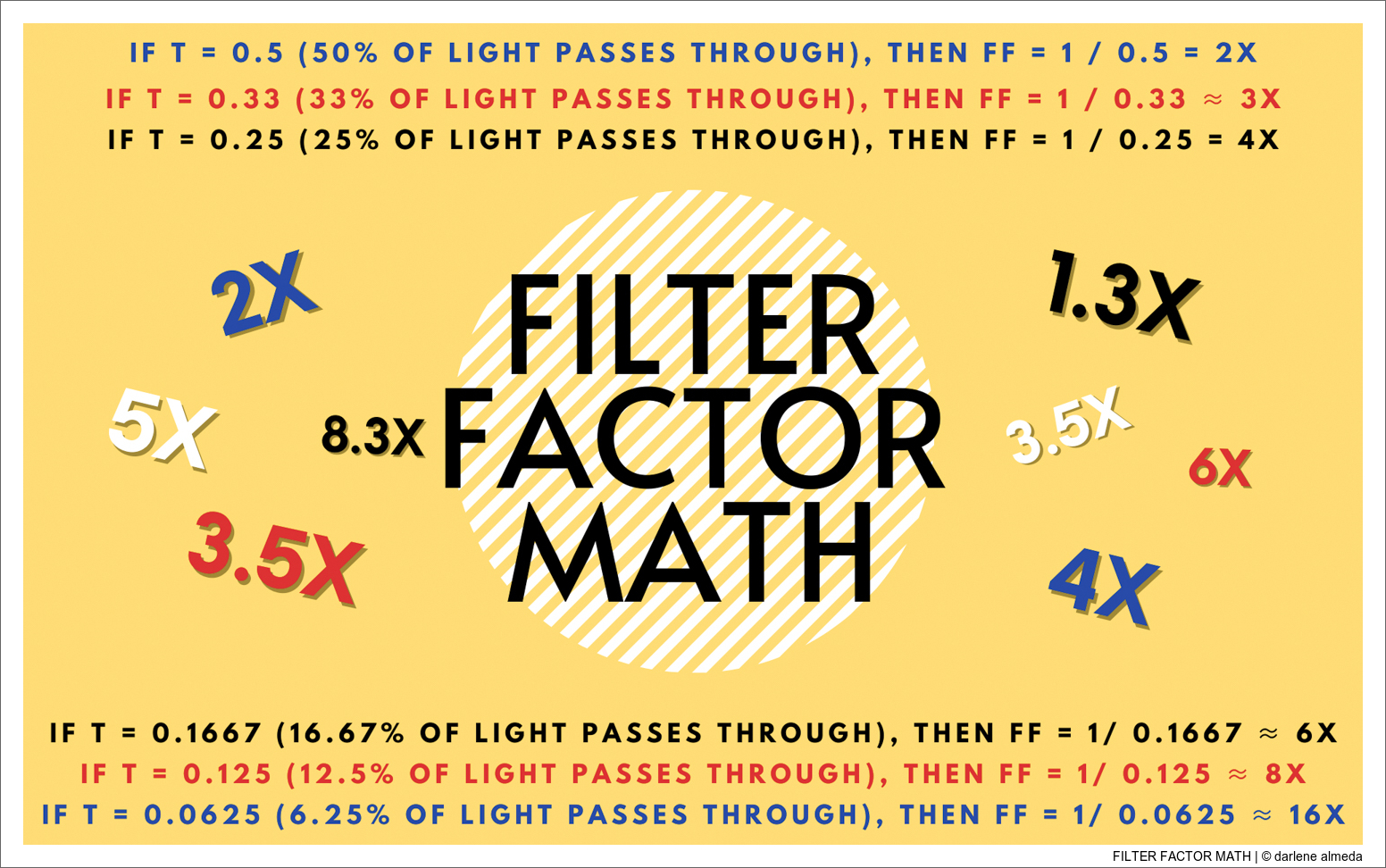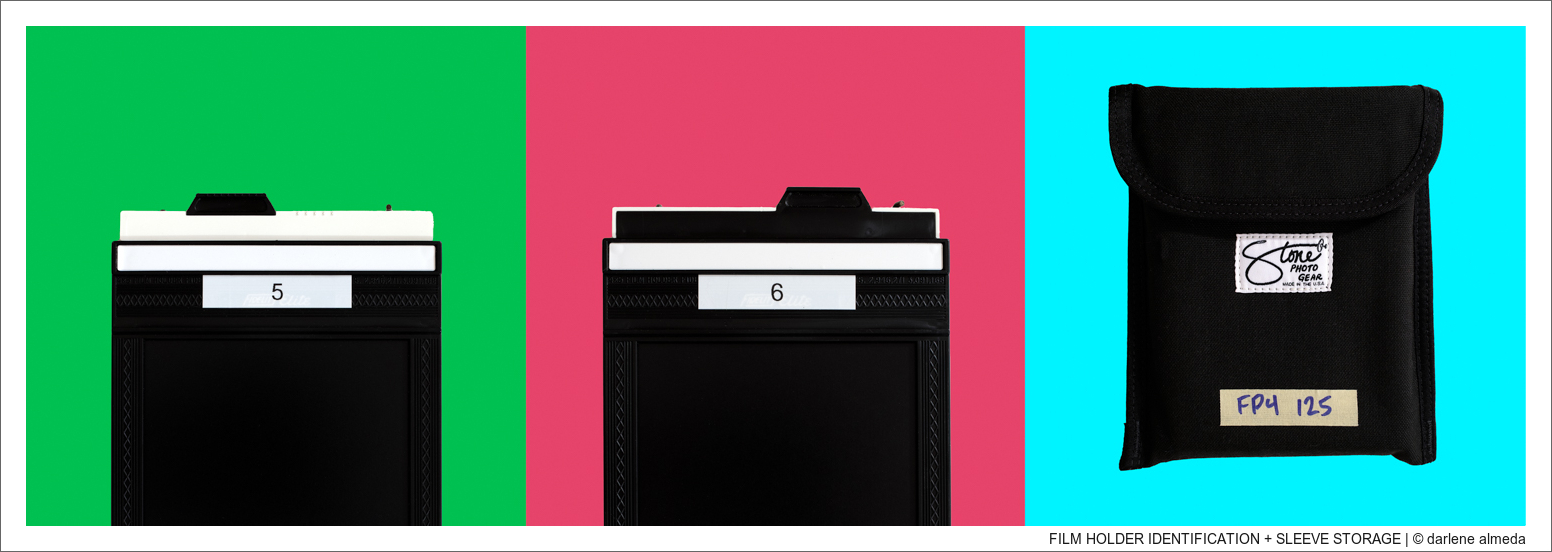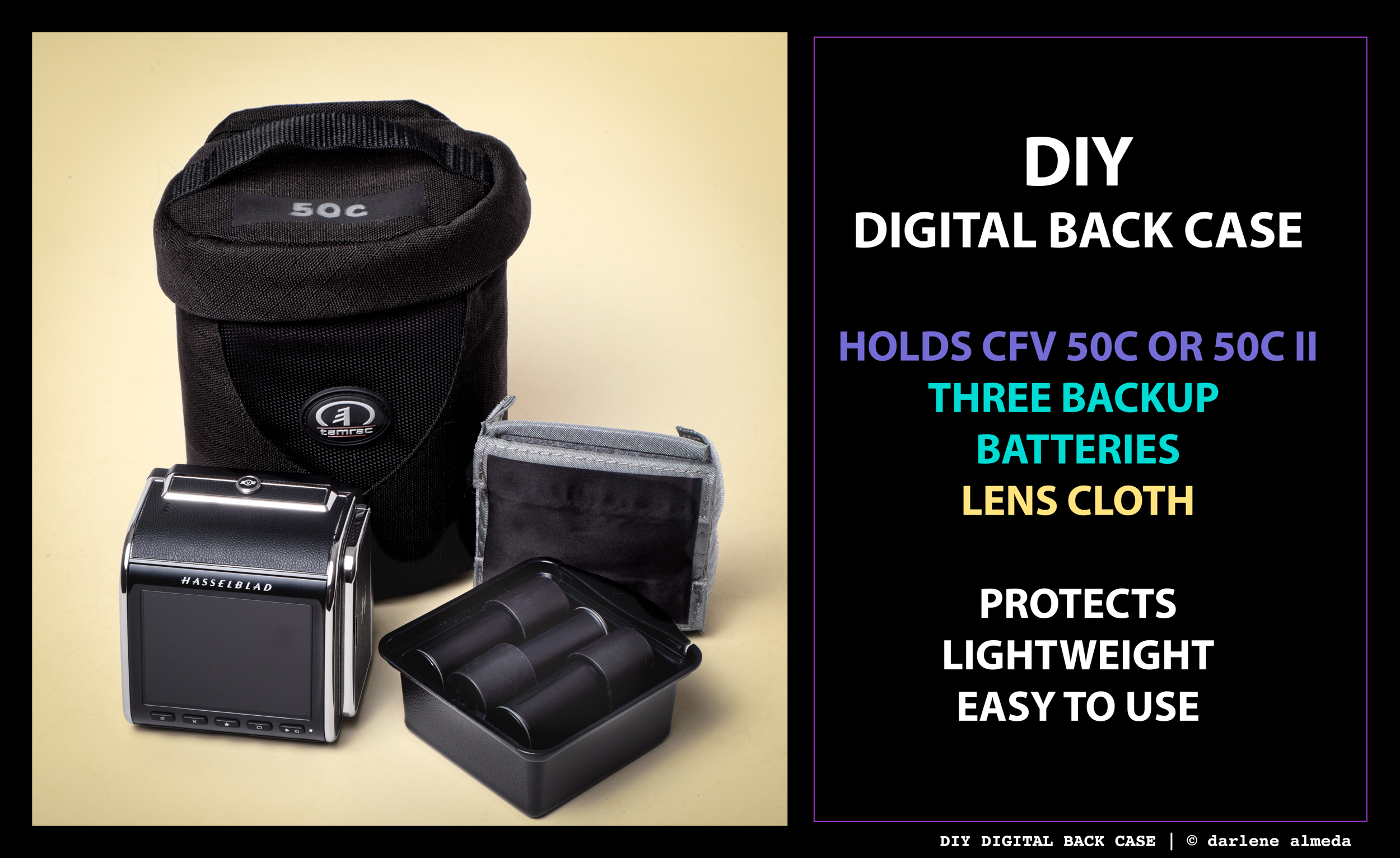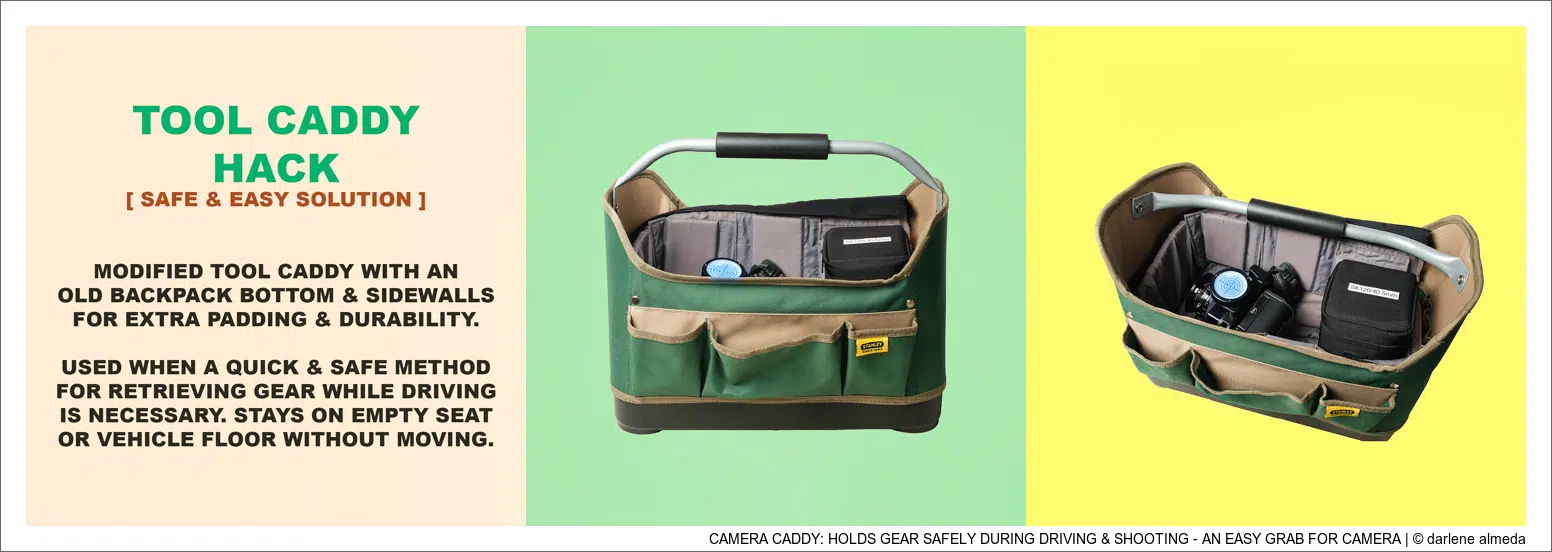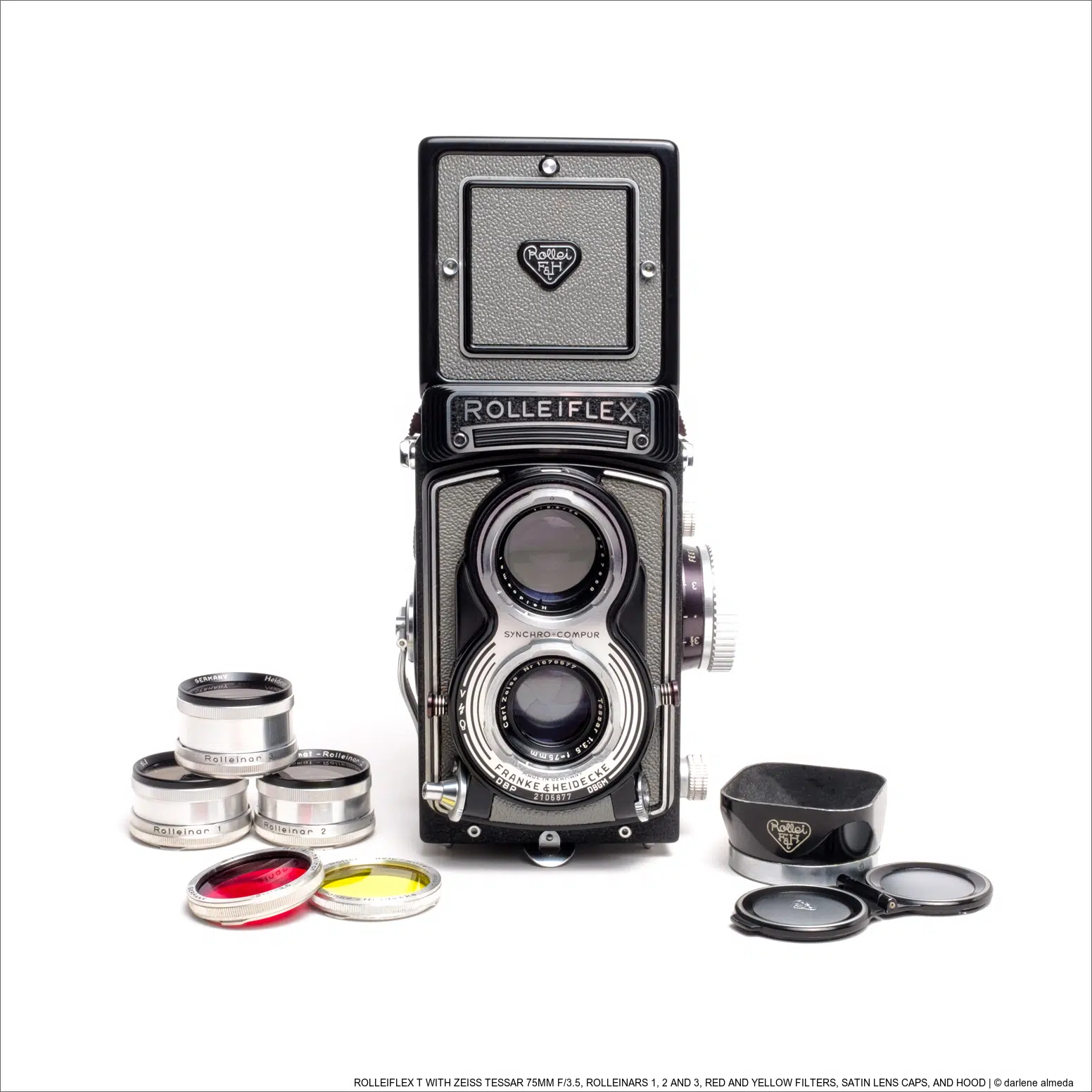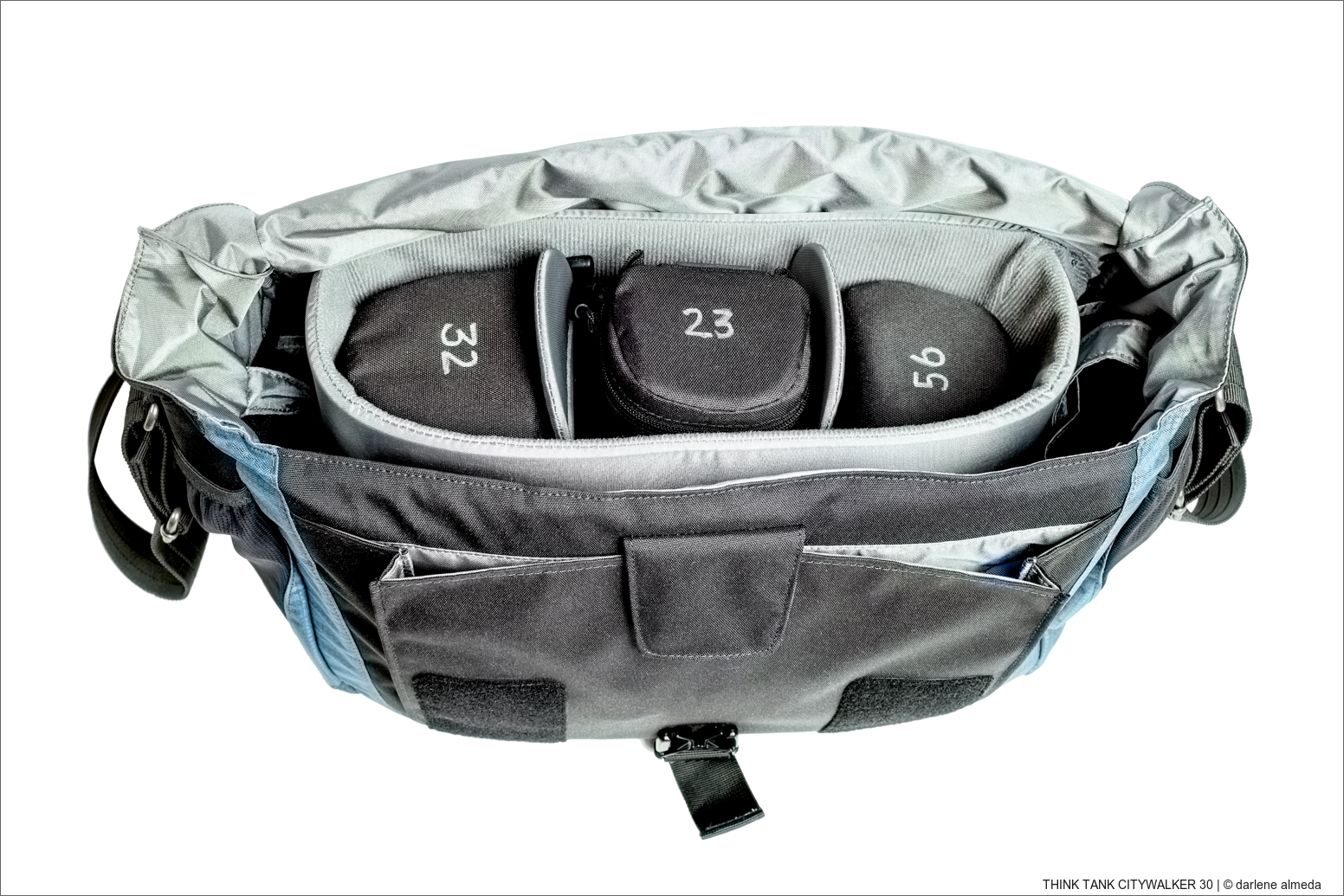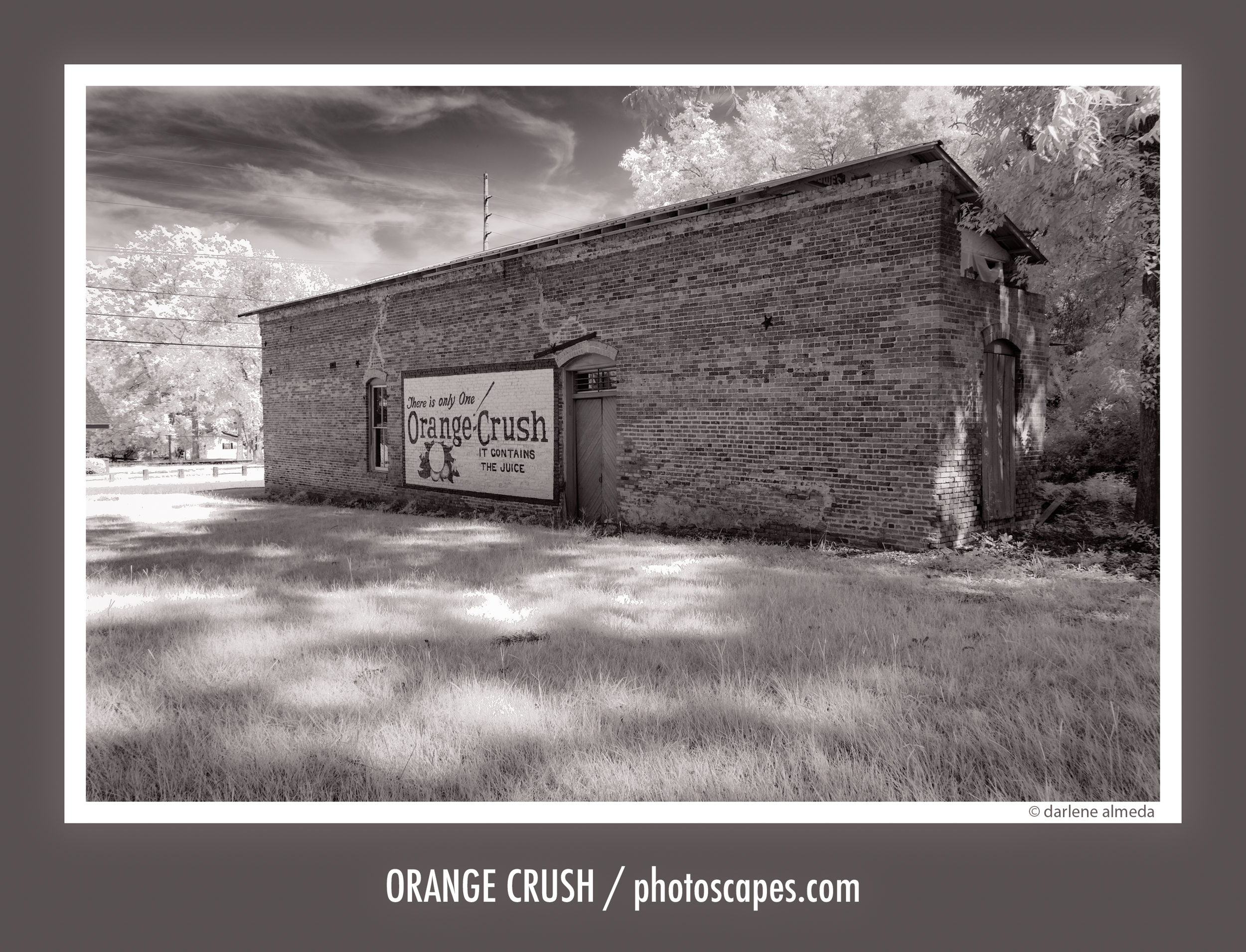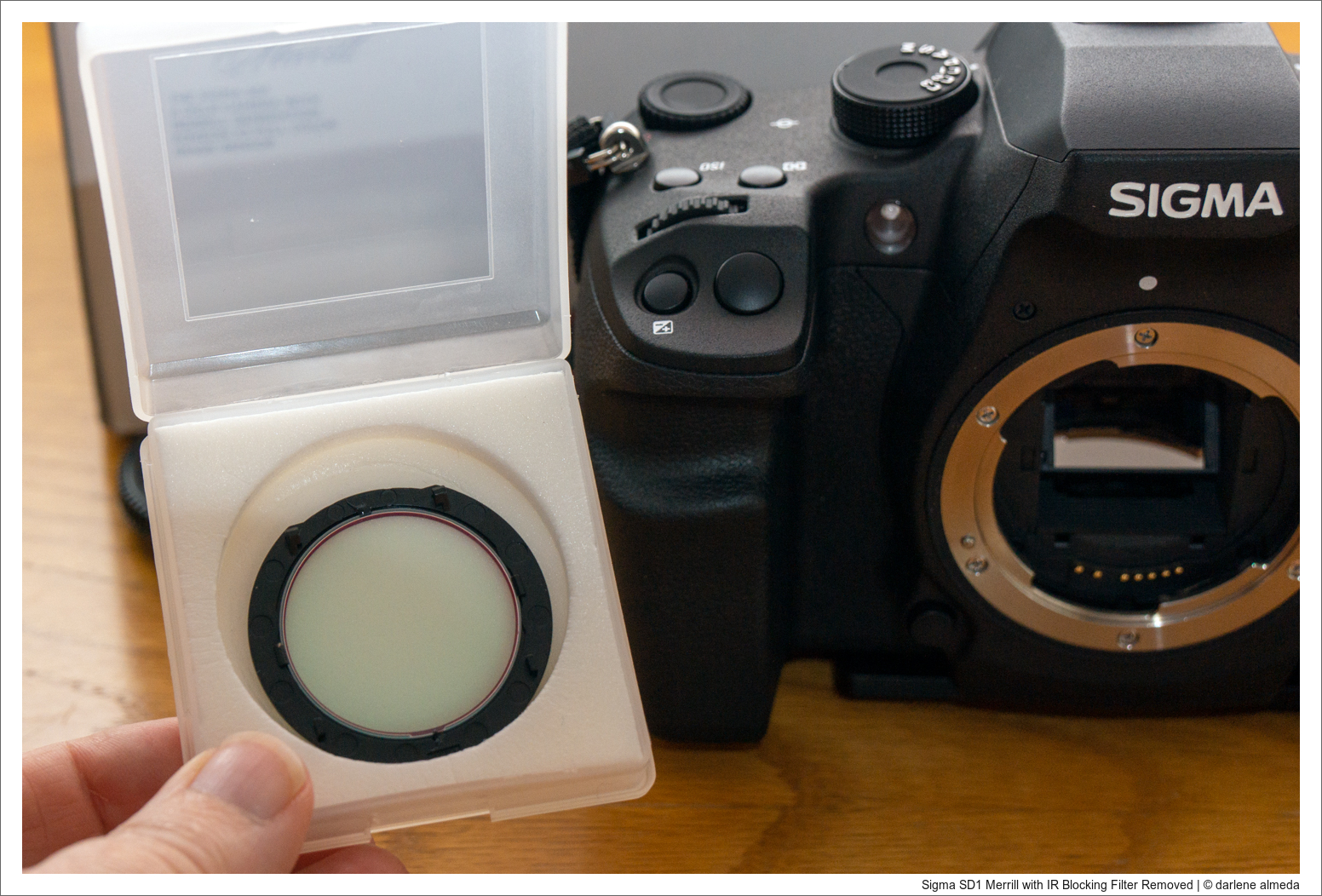How a lightweight scooter helps me carry film and digital camera gear across long wildlife trails—my mobile setup, packing method, and field routine.
photo gear
ND Filters: Six Stops at the Shore
Hand-colored seascape made from a B&W film negative using magnetic ND filters; wind, crashing waves, and quiet remembrance shaped this tribute image.
Desert Sands and the Quiet Marvels of the Sigma Merrill
Exploring minimalism and memory through Desert Sands, photographed with a Sigma DP Merrill — a quiet marvel that shaped my love for light and stillness.
New Studio Camera and Lenses
Why I upgraded to the Sony a7R IVA for studio work, how it fits my workflow, and how a guitar and grief inspired my first creative session with it.
Cambo Wide Meets Tabletop Photography
A panoramic camera, a close-up filter, and a batch of fake tulips walk into a studio… here’s what happened when I broke all the rules.
Hands-On with the Cambo 6×12 Film Magazine C-243
A detailed review of the Cambo C-243 6×12 film magazine: build quality, film loading, operation, and why it’s a top pick for panoramic 4×5 shooters.
Worldwide Pinhole Day 2025: Tempus Fugit
A 4×5 pinhole photograph celebrating Worldwide Pinhole Day 2025 — capturing the quiet drift of light, time, and memory in a kitchen bathed in afternoon glow.
A Gobo, a Snoot, and a Sandwich
Learn how I used an optical snoot, a few gobos, and a budget lens to create moody, window-style light for a tomato still life. Sandwiches included.
Fotoman 6×17 Lens Change Part #2: Calibration
Calibrating the Nikkor SW 90mm on a Fotoman 6×17 for hyperfocal focus with field tests, film notes, and image results using 510 Pyro and AGO processor.
Fotoman 6×17 Lens Change Part #1: The Lens Cone
Learn to fit a new lens on a Fotoman 6×17, install a Nikkor 90mm f/4.5, adjust spacing for infinity focus, and replace screws for a secure fit.
Using the ALPA Focusing Bellows with Digital Backs
Discover how the ALPA Focusing Bellows can enhance your photography experience with digital backs, providing a clear view of the LCD screen.
Hasselblad 907x and Tech Camera Digital Plate Rear Covers
Discover alternative protective covers for your Hasselblad 907x 50c II, including options or tech camera ‘V’ back digital plates.
Binocular Viewer Customized for Ebony 4×5 Cameras
A binocular viewer modified for Ebony 4×5 cameras by S.K. Grimes with easy switching between landscape and portrait orientations.
Looking Through Loupes
We delve into the world of loupes, the unsung heroes of precision in photography. From the Toyo 3.6x to the Schneider 8x, and the new Chamonix 5x loupe.
4×5 vs 120 Film for Panoramas: Cost & Convenience Comparison
Discover the advantages of shooting 4×5 film over 120 film for panoramic photography, including cost savings and convenience.
The Art of Pre-Visualization in Landscape Photography
In this article, I share the previsualization technique that guides me to where I need to set up the camera.
Adapting to Change: Shooting 120 Film in Hasselblad A24 Magazines
This article reviews two rolls of 120 film shot in succession in Hasselblad A12 and A24 film magazines with a 501CM camera and CF 135 lens and Vario-Tube.
Pinhole Photography: 4×5 Field Camera Pin-tography
In this article, I share my approach to crafting images with a 4×5 field camera with interchangeable pinholes attached to a dedicated lens board.
Pinhole Photography: Optimal Pinhole Sizes
Creating sharp and captivating images with a pinhole camera begins with understanding the importance of pinhole size.
A Photographer’s Journey: How a Hasselblad Shaped My Career
In the summer of ’85, a chance encounter at KEH Camera Brokers led to the acquisition of a Hasselblad camera that transformed my photography career.
The NONS Instant Back: Bringing Instant Gratification to Your Hasselblad Experience
I’m diving into the NONS Instant Back with my Hasselblad 501CM—celebrating the joy of instant photography and its lasting connection to film history.
Shading and Enhancing: The Matte Box Advantage
I discovered that a matte box, typically used with DSLR and video cameras, can also be an excellent accessory for other camera types, like panoramic and large-format cameras.
Film and Digital with Iconic Hasselblad Cameras
Discover how to balance between film and digital photography using two unique Hasselblad cameras from the V system. Explore the intricate dance between classic and contemporary methods in capturing artistic expression.
Capturing Clarity: A Guide to MTF Charts and Lens Sharpness
Modulation Transfer Function (MTF) is used to describe how well a lens captures and reproduces details. This article explores the factors contributing to a high MTF.
Digital Infrared Photography: Fujifilm X-E2
A working photographer’s guide to a Fujifilm X-E2 (590nm) IR kit—why 590nm, lenses that avoid hotspots, a simple LR/PS workflow, and field notes.
From Soap Bubbles to Emotion: How I Create Abstract Macro Photography
I enjoy viewing and creating abstract art. Whether it is paintings or photography, I like it. I have experienced some “I do not get it” from people over the years, and I can understand why.
Shedding Light on Filter Factors: A Guide to Optimizing Exposure in Photography
This article explores filter factors, explaining their function and presenting three distinct methods for calculation.
Balancing Light: A Simple Guide to Pinhole Exposure
Learn how to determine perfect exposure for pinhole photography using a light meter reading and a simple conversion factor—no gadgets required.
Lens Case Recycling: Updating The Labels
Recycle unused lens cases! In this follow-up to *Camera Bag Versatility*, I share how I repurpose cases—like my old Fujifilm 23/2 case—for new gear needs.
4×5 Film Holders: Care & Carry
Keep your 4×5 film holders clean, protected, and organized. Simple steps for labeling, carrying, and storing film for a smoother large-format workflow.
DIY Custom Case for Your Digital Back
Create a lightweight DIY digital back case for your Hasselblad CFV 50c or 50c II using a Tamrac lens case. Protects gear, holds batteries, easy to make.
From Tool Caddy to Camera Buddy: A DIY Gear Solution on the Go
Turn an old tool caddy into the perfect in-vehicle camera carrier. Quick access, no tipping, and zero setup hassle—your gear deserves this DIY upgrade!
Shooting a Rolleiflex with Studio Flash and Rolleinars
In a digital world lacking true square format, film remains the answer. Discover why square format film cameras still reign for full-resolution, composed square shots.
Camera Bag Versatility
While assembling my Fuji X-Pro2 (XP2) kit, I began looking for a lightweight bag to store it all in. I wanted the bag to carry my lenses in cases and be easy to work out of from the back of a vehicle. I also use the XP2 in the studio, so the bag had to offer something. Would it be possible to find such a versatile bag?
Digital Infrared Photography: Sigma SD1 Merrill, Part 2
Early infrared experiments using the Sigma SD1 Merrill, exploring techniques that led to today’s work with a 590nm-converted Fujifilm X-E2.
Digital Infrared Photography: Sigma SD1 Merrill, Part 1
Exploring digital infrared photography with the sigma sd1 merrill, from setup and exposure to focus, filters, and fine-tuning your ir shooting technique.

